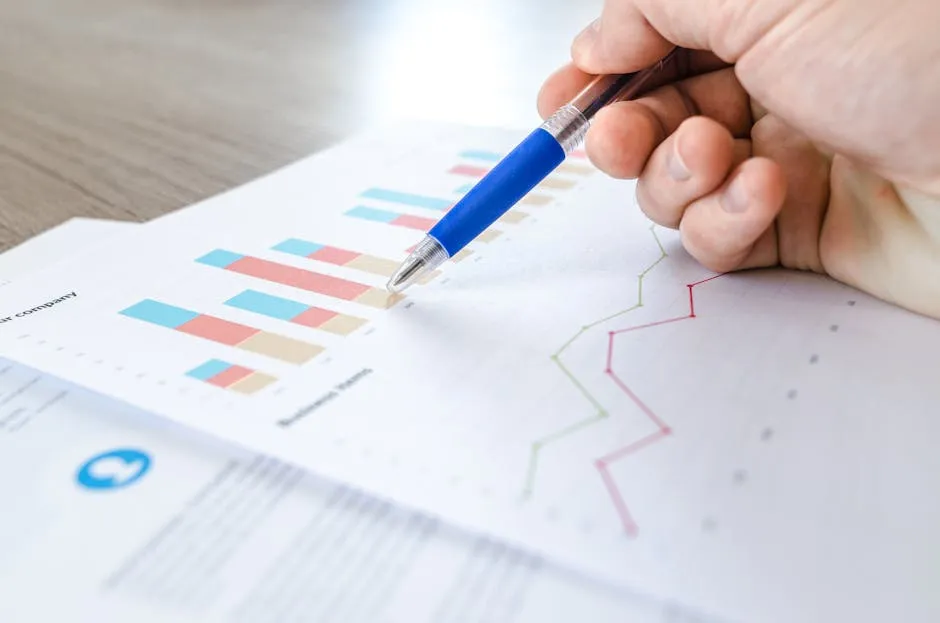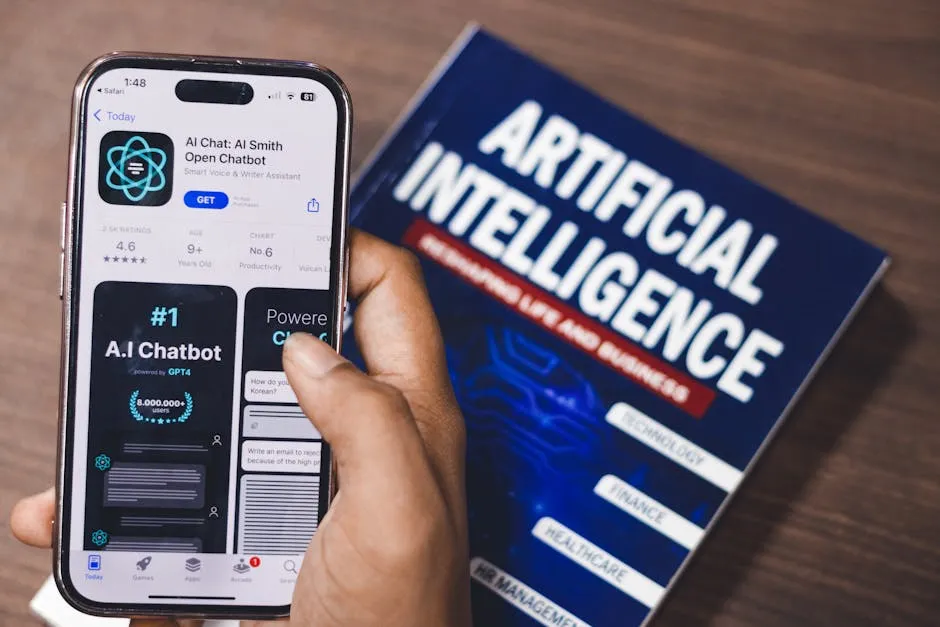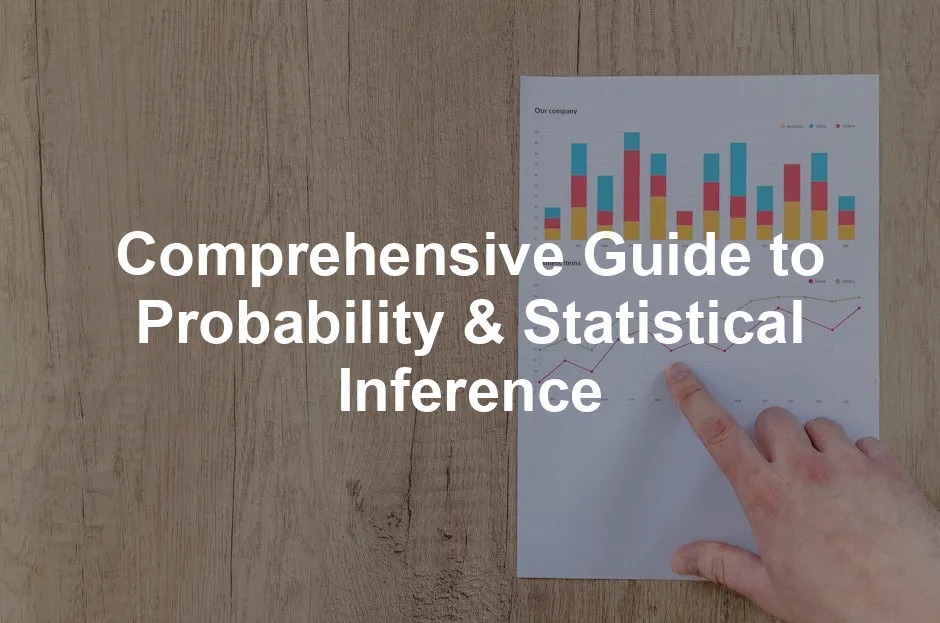Introduction
Probability and statistical inference are the backbone of informed decision-making. From scientists predicting weather patterns to businesses analyzing customer behavior, these concepts play a crucial role in various fields. They help us understand uncertainty and make sense of data, allowing us to navigate the complexities of life and work with greater confidence.
Imagine you’re a doctor trying to determine the effectiveness of a new medication. You can’t just rely on gut feelings; you need solid data. That’s where probability and statistical inference come in! By analyzing past trial results, you can make informed predictions about treatment outcomes. It’s not just about numbers; it’s about lives.
In today’s data-driven world, the relevance of probability and statistical inference has never been more pronounced. Businesses rely on these concepts for market research, while governments use them for policy decisions. Understanding how these principles work is essential for anyone looking to interpret data effectively.
This article will unpack the fundamentals of probability and statistical inference. We’ll discuss their applications, methodologies, and how they shape our understanding of uncertainty. So, buckle up; we’re about to embark on an informative and entertaining journey through the fascinating world of statistics!

Understanding Probability
Definition of Probability
What is probability? Simply put, it’s the measure of uncertainty. It helps us quantify how likely an event is to occur. Whether you’re tossing a coin or predicting the stock market, probability provides a framework for understanding the odds.
There are two main types of probability: theoretical and empirical.
– Theoretical Probability is rooted in mathematical reasoning. It’s like predicting the weather based on established scientific principles. If you flip a fair coin, the theoretical probability of landing heads is 50%. Easy peasy!
– Empirical Probability, on the other hand, is based on observations and experiments. It’s your best friend when you want to know the likelihood of an event based on actual data. For instance, if you flip a coin 100 times and it lands on heads 55 times, the empirical probability of heads is 55%. It just shows that real-life outcomes can sometimes be a tad unpredictable!
To delve deeper into the world of statistics, consider picking up “Naked Statistics: Stripping the Dread from the Data” by Charles Wheelan. This book makes statistics approachable and entertaining, ensuring you won’t fall asleep halfway through your reading!
Understanding these definitions lays the groundwork for exploring deeper concepts in probability. As we continue, we’ll look into fundamental principles and rules that govern this fascinating field!

Fundamental Concepts of Probability
Understanding the fundamental concepts of probability is essential. Let’s start with sample space. This is the complete set of all possible outcomes of a random experiment. Imagine you’re tossing a coin. The sample space would be {Heads, Tails}.
Now, let’s break down the types of events:
– Simple Events: An event with just one outcome. For instance, rolling a die and getting a 4.
– Compound Events: An event with more than one outcome. Like rolling a die and getting an odd number (1, 3, or 5).
– Mutually Exclusive Events: These are events that cannot happen at the same time. If you roll a die, you can’t get both a 2 and a 5 simultaneously.
Next, we dive into the probability rules. The first is the addition rule. This states that if two events cannot happen at the same time (mutually exclusive), the probability of either event occurring is the sum of their individual probabilities. For example, the chance of rolling a 1 or a 2 on a die is \( P(1) + P(2) = \frac{1}{6} + \frac{1}{6} = \frac{2}{6} = \frac{1}{3} \).
And if you’re looking for a comprehensive guide to these concepts, check out “Statistics for Dummies” by Deborah J. Rumsey. This book is perfect for anyone wanting to make sense of numbers without the headache!
Then, we have the multiplication rule. This applies when we want to find the probability of two independent events happening together. If you roll a die and flip a coin, the probability of getting a 3 on the die and Heads on the coin is \( P(3) \times P(Heads) = \frac{1}{6} \times \frac{1}{2} = \frac{1}{12} \).
Mastering these basic concepts sets the stage for a deeper understanding of probability and its applications. Knowing how to identify sample spaces, types of events, and applying probability rules is like having the keys to a treasure chest of statistical insights!

Conditional Probability and Independence
Let’s unpack conditional probability. This refers to the likelihood of an event occurring given that another event has already occurred. A classic example is Bayes’ Theorem, which helps update the probability estimate as new information becomes available. For instance, if we know a bag contains 3 red and 2 blue marbles, the probability of drawing a blue marble after seeing a red one changes. Initially, it’s \( \frac{2}{5} \), but if we know one red was drawn first, we still have 2 blue out of 4 remaining marbles, making it \( \frac{2}{4} = \frac{1}{2} \).
Now, let’s discuss independent events. Two events are independent if the occurrence of one does not affect the occurrence of the other. For example, flipping a coin and rolling a die are independent events. The probability of flipping Heads and rolling a 3 is calculated as \( P(Heads) \times P(3) = \frac{1}{2} \times \frac{1}{6} = \frac{1}{12} \).
Understanding conditional probability and independence is crucial. It helps in making more accurate predictions and decisions based on existing data. Whether you’re analyzing trends or assessing risks, grasping these concepts enhances your statistical prowess!

Types of Statistical Inference
Point Estimation
Point estimation is a fundamental concept in statistics. It provides a single value estimate of a population parameter. Imagine you want to know the average height of all the students in a school. Instead of measuring everyone, you can take a sample and calculate the average height from that sample. Voilà! You have a point estimate.
One common technique for point estimation is Maximum Likelihood Estimation (MLE). This method identifies the parameter values that maximize the likelihood of observing the given sample data. Think of it like trying to find the most likely explanation for your observations. For example, if you’re analyzing test scores, MLE would help find the average score that makes your data most probable.
Other methods include the Method of Moments, which connects sample moments (like the mean and variance) to population moments. Each technique has its quirks, but they all aim to provide the best guess for unknown parameters based on available data.
Let’s spice things up with an example! Say you have a bag of marbles—8 red and 4 blue. If you randomly pick one marble and get red, the point estimate of the proportion of red marbles is \( \frac{8}{12} = \frac{2}{3} \). This gives you a quick snapshot of your marble population based on that single pick!

For a more in-depth look at statistical modeling, you might want to read “How to Measure Anything: Finding the Value of ‘Intangibles’ in Business” by Douglas W. Hubbard. It’s a great read for those looking to quantify the unquantifiable!
In summary, point estimation is your go-to for making quick assessments about unknown parameters. Remember, while it’s handy, it doesn’t tell the whole story. Variability exists, and it’s crucial to consider it in your analyses.

Interval Estimation
Interval estimation takes point estimation up a notch. Instead of giving a single value, it provides a range of values likely containing the true population parameter. This range is called a confidence interval.
What’s a confidence interval, you ask? It’s like saying, “I’m pretty sure this is where the truth lies.” For instance, if you calculate a 95% confidence interval for the average height of students to be between 160 cm and 170 cm, you can say that you’re 95% confident the actual average height falls within that range.
To calculate confidence intervals, you typically start with a point estimate and add margins of error based on the sample size and variability. The formula for a confidence interval for a population mean is: \[ \text{CI} = \bar{x} \pm z \left(\frac{s}{\sqrt{n}}\right) \] Here, \( \bar{x} \) is the sample mean, \( z \) is the z-score corresponding to the desired confidence level, \( s \) is the sample standard deviation, and \( n \) is the sample size.
If you’re interested in a more statistical approach, consider reading “The Art of Statistics: Learning from Data” by David Spiegelhalter. This book will guide you in understanding data through the lens of statistics.
Let’s consider a practical example! Imagine you surveyed 100 people about their favorite ice cream flavor. If the sample mean is 4.5 (where 1 = vanilla and 5 = chocolate), and you calculate a 95% confidence interval of 4.2 to 4.8, you could confidently claim that, on average, people lean towards chocolate, with the true preference likely within that range.
Interval estimation is crucial for understanding the uncertainty inherent in statistical analysis. It allows researchers and decision-makers to grasp the range of possible values, rather than just a point. So, next time someone asks you about average heights or ice cream preferences, remember the power of confidence intervals!

Hypothesis Testing
Hypothesis testing is an exciting part of statistical inference. It helps us make decisions based on data. At its core, it involves two competing statements: the null hypothesis (H0) and the alternative hypothesis (H1). The null hypothesis usually posits no effect or no difference, while the alternative suggests there is an effect or difference.
Now, let’s talk errors! In hypothesis testing, there are two types of errors: Type I and Type II. A Type I error occurs when we reject a true null hypothesis (false positive). Conversely, a Type II error happens when we fail to reject a false null hypothesis (false negative). Imagine you tell your friend that their cooking is terrible (Type I), but their dish is actually delightful (oops!).
The procedure for hypothesis testing involves several steps. First, formulate your hypotheses. Next, select a significance level (commonly set at 0.05). This level represents the probability of making a Type I error. Then, collect your data and calculate the test statistic. Based on this statistic, you can determine the p-value—the probability of observing your data if the null hypothesis is true.
If the p-value is less than your significance level, you reject the null hypothesis. For example, if your p-value is 0.03, it suggests strong evidence against the null hypothesis, leading you to support the alternative hypothesis.
In summary, hypothesis testing is a systematic way to make decisions based on data. It’s a critical tool in research, allowing us to draw conclusions and make informed choices. So next time you’re testing a hypothesis, remember: it’s not just about numbers; it’s about making sense of the world around us!

Applications of Probability & Statistical Inference
Real-World Applications
Probability and statistical inference are not just academic concepts; they’re vital in many fields. Let’s take a closer look at three major areas where these principles make a significant impact: healthcare, business, and social sciences.
Healthcare: Imagine you’re a researcher testing a new drug. Clinical trials rely heavily on probability and statistical inference to evaluate effectiveness and safety. By analyzing data from trial participants, researchers can determine if the drug works better than a placebo. This involves hypothesis testing, confidence intervals, and p-values to draw conclusions. Epidemiologists use these methods to understand disease patterns, helping to identify risk factors and inform public health policies. For instance, analyzing the spread of diseases like COVID-19 involves understanding transmission rates and estimating the effectiveness of interventions.
Business: In the world of business, data is king. Companies harness statistical inference to make informed decisions about product launches, marketing strategies, and customer satisfaction. Take market research, for example. Surveys help businesses gauge consumer preferences. By applying statistical methods, companies can infer trends from a sample and project them onto a larger population. Quality control is another area where these principles shine. Manufacturers use statistical inference to monitor production processes, ensuring products meet quality standards. This helps reduce waste and improves customer satisfaction by minimizing defects.
Social Sciences: Social scientists utilize probability and statistical inference to understand human behavior. Survey sampling is a common technique used to gather data on opinions, beliefs, and behaviors. For instance, political polls rely on statistical methods to predict election outcomes. Researchers must ensure their samples are representative to avoid biased results. Furthermore, statistical analyses help evaluate the effectiveness of social programs, policies, and interventions, providing insights that guide decision-making in areas like education, welfare, and public safety.
Each of these fields showcases the power of probability and statistical inference in turning data into actionable insights. By understanding the implications of these concepts, professionals can make better decisions, ultimately improving outcomes in healthcare, business, and society.

Advanced Techniques
Bayesian Inference: Bayesian methods offer a fresh perspective on statistical analysis. Unlike classical approaches, which focus on fixed parameters, Bayesian inference allows for probability distributions that change as new data emerges. This means prior knowledge or beliefs can be updated with new evidence, making it highly flexible for real-world applications. It’s particularly useful in areas like medicine, where patient data can continually refine predictive models. If you’re interested in this approach, check out “Bayesian Data Analysis” by Andrew Gelman. It’s a game-changer for understanding inference!
Machine Learning: Probability and statistical inference are foundational in the realm of machine learning. Most algorithms rely on statistical principles to make predictions and classify data. For instance, techniques like regression analysis and decision trees are grounded in these concepts. Machine learning models leverage probabilities to assess the likelihood of various outcomes, continuously improving their accuracy as they process more data. This intersection of statistics and technology is a driving force behind innovations in artificial intelligence, shaping everything from recommendation systems to autonomous vehicles.
By understanding these advanced techniques, we can better appreciate the depth and versatility of probability and statistical inference in solving complex problems across various fields.

Common Misunderstandings
Statistics can be a tricky beast. Misuse of statistical data often leads to conclusions that are more misleading than a magician’s trick. Just because a graph looks impressive doesn’t mean it’s accurate. Take, for example, cherry-picking data points that support a particular argument while ignoring others. This selective reporting can create a false narrative, like claiming that eating chocolate prevents aging because a small study showed a correlation. Remember, correlation does not imply causation!
Another common pitfall is overconfidence in results. People tend to think that a small sample size is enough to generalize to the entire population. Spoiler alert: it’s not! Understanding variability is crucial. Statistical results can fluctuate, and what seems like a trend could just be random noise. It’s like thinking you’re a great golfer after hitting a hole-in-one once. You need to consider the bigger picture!
Moreover, many assume that if a result is statistically significant, it’s practically significant. This is a dangerous assumption! A statistically significant result could still have little to no real-world impact. Think of it this way: a study shows that a new teaching method improves test scores by 0.1%. Statistically significant? Sure. Practically beneficial? Not so much!
Lastly, there’s the misconception that statistics can predict the future. While statistical models can provide insights based on past data, they can’t foresee the unpredictable twists of fate. Relying solely on these models is like consulting a crystal ball; it’s better to use them as one tool among many in decision-making.

Ethical Considerations
The integrity of data is paramount in research. Ethical data practices ensure that findings are both accurate and trustworthy. Researchers must avoid manipulating data to fit preconceived notions. Data integrity is like a solid foundation for a house; without it, everything else crumbles.
Transparency in statistical reporting is equally important. Researchers should be open about their methodologies and potential conflicts of interest. This openness builds trust among audiences and allows for better scrutiny of findings. After all, if you can’t see the kitchen, you might question the chef’s skills! Clear reporting helps others replicate studies and validate results, fostering a collaborative spirit in research.
In summary, ethical considerations in statistics are not just optional guidelines; they are essential for credible research. Upholding data integrity and transparency not only enhances the quality of findings but also protects the reputation of the research community.

For a deeper understanding of statistical concepts, check out this comprehensive guide on statistical inference for estimation in data science.
If you’re new to data science, you might also find “Data Science for Dummies” by Anil Maheshwari a useful resource to kickstart your journey!
Please let us know what you think about our content by leaving a comment down below!
Thank you for reading till here 🙂
All images from Pexels




